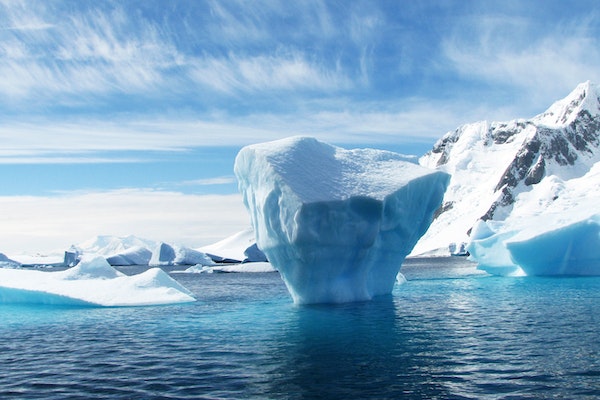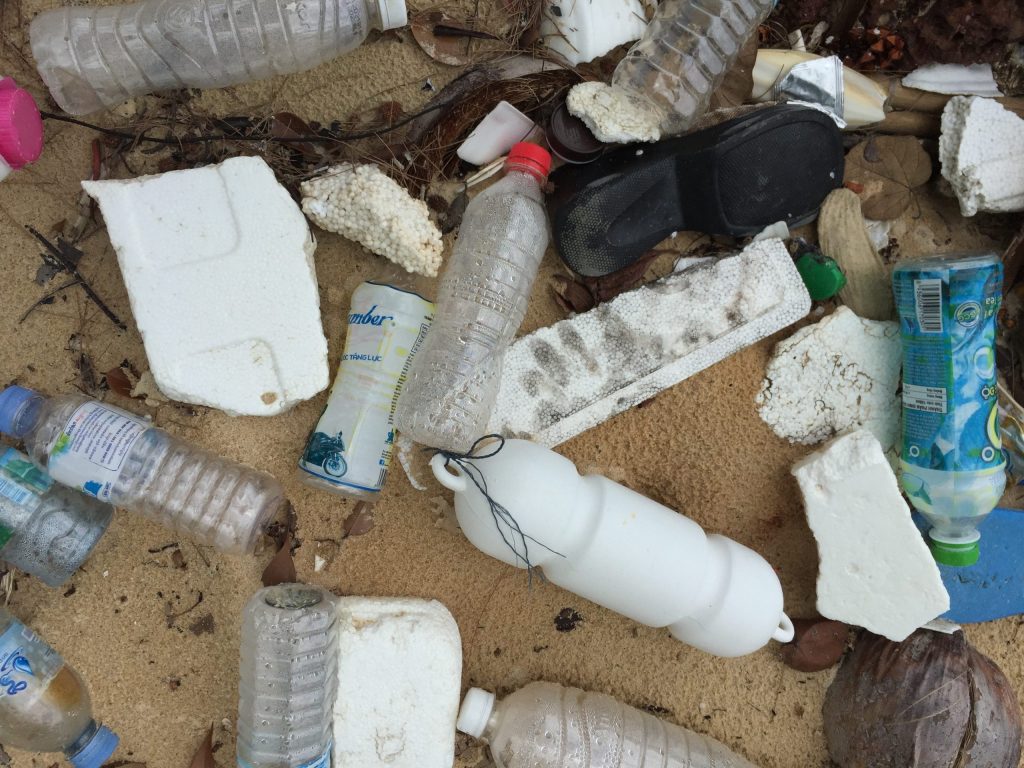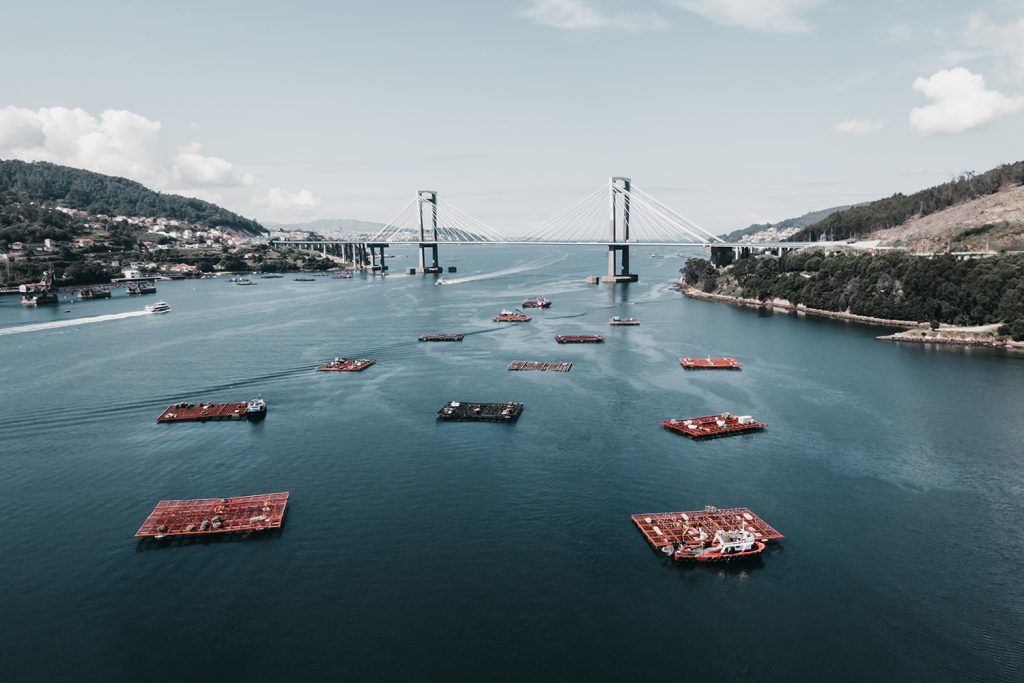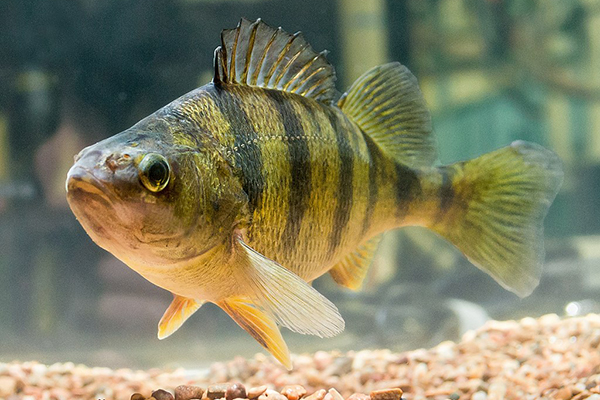Ocean circulation, ice melt, tourism and fishing are all ‘likely contributors’ to Arctic microplastics, researchers say

Numerous studies have shown that global microplastic quantities in the marine environment are increasing, even in remote locations, such as the Arctic. Most recently, new research suggests that fishing could be one significant factor contributing to Arctic microplastics.
The study, which was published in Frontiers in Marine Science, explored large-volume samples of sub-surface water collected from transects through the Barents Sea to quantify, characterize and determine the distribution of microplastics in this region, with a focus on potential impacts on zooplankton.
Scientists from Plymouth Marine Laboratory and the University of Exeter measured microplastic concentrations in the highly productive Barents Sea and suggest that ocean circulation, ice melt, tourism, inadequate waste management, shipping and fishing are all likely contributors.
“The Arctic region is remote and most of us might imagine that it is a pristine natural wonder,” said Dr. Rachel Coppock, marine ecologist at Plymouth Marine Laboratory and co-author of the study. “But once microplastics enter the marine environment, they are transported on currents, often from populated areas many thousands of miles away, ending up far from the source and in the case of the high Arctic, may become trapped in sea ice and released during the spring melt.”
Given that the Barents Sea is an area of high primary productivity and the size of microplastics overlaps with the optimal prey size of zooplankton, it’s likely that zooplankton within this region will be consuming microplastics, facilitating the entry of these anthropogenic particles into polar food webs.
The study concludes that while it is not possible to determine the source of the plastic through this study, the highest concentrations were found close to sources of anthropogenic pollution and ice melt, which are known repositories of marine microplastic. The possibility of local input is also likely; as tourism in Svalbard continues to increase, the lack of adequate waste infrastructure will result in increased leakage into the surrounding waters.
Increased tourism, paired with other local sources, including wastewater input, shipping activities and fishing, could explain the higher levels of microplastic abundance towards the coastline compared to further offshore.
“Microplastic data from the Arctic is limited, and this study will act as a reference point for further research,” said Heather Emberson-Marl, lead author on the paper and MSc student with the University of Exeter and Plymouth Marine Laboratory. “Additionally, sampling methods between studies of microplastics within the Arctic vary and the differing units of measurement used in previous research make it difficult to draw comparisons. We recommend that future studies should strive for a standardized sampling protocol to allow for direct comparisons and more robust conclusions on the ecological and toxicological effects on the Arctic’s marine biology.”
Now that you've reached the end of the article ...
… please consider supporting GSA’s mission to advance responsible seafood practices through education, advocacy and third-party assurances. The Advocate aims to document the evolution of responsible seafood practices and share the expansive knowledge of our vast network of contributors.
By becoming a Global Seafood Alliance member, you’re ensuring that all of the pre-competitive work we do through member benefits, resources and events can continue. Individual membership costs just $50 a year.
Not a GSA member? Join us.
Author
-
Responsible Seafood Advocate
[103,114,111,46,100,111,111,102,97,101,115,108,97,98,111,108,103,64,114,111,116,105,100,101]
Tagged With
Related Posts

Responsibility
Study: Plastic waste endangers ocean ecosystems
Minderoo-Monaco Commission: Plastic waste is the cause of "significant" harm to humans, the economy and the environment, especially the ocean.

Responsibility
Expanded polystyrene is a ‘waste nightmare’ but could non-EPS seafood packaging reduce ocean pollution?
Expanded polystyrene is common in seafood packaging, but threatens marine life and human health as ocean pollution. A growing number of alternatives are emerging.

Innovation & Investment
Can plastic-eating bacteria help with fisheries’ and aquaculture’s plastics problem?
Plastic-eating bacteria have the potential to “digest” petroleum-based plastics, used in both fisheries and aquaculture. Is it feasible for recycling?

Health & Welfare
Yellow perch can expel microplastics from their bodies – but with negative consequences
A study found that yellow perch can expel microplastics from their digestive systems, but the act seemed to cause stress.



